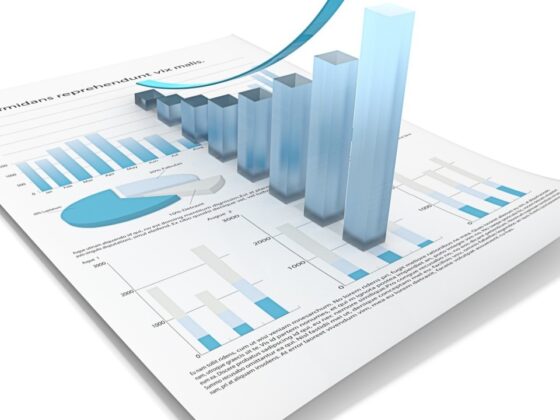In todays rapidly evolving global marketplace, the importance of effective procurement and supply chain management cannot be overstated. Businesses are confronted with an intricate web of challenges—from fluctuating market demands to technological innovations and sustainability pressures.
Navigating this labyrinth requires not just strategy but also agility and insight. Best practices in procurement and supply chain management are essential for organizations aiming to optimize their operations, enhance supplier relationships, and ultimately deliver greater value to their customers.
This article delves into the fundamental principles and innovative strategies that define successful procurement processes, highlighting how organizations can adapt and thrive in an increasingly competitive landscape. By embracing these best practices, companies can streamline their operations, reduce costs, and foster a culture of continuous improvement, paving the way for sustainable growth and resilience in the face of changing market dynamics.
Strategic Sourcing

Strategic sourcing is not merely a procurement tactic; it is a transformational approach that reshapes the relationship between organizations and their suppliers. At its core, strategic sourcing involves a comprehensive evaluation of the entire supply chain, focusing on long-term partnerships that foster innovation and efficiency. Companies need to leverage data analytics to understand market trends, supplier capabilities, and total costs, thus empowering them to negotiate better terms and secure competitive advantages.
By embracing strategic sourcing, businesses can mitigate risks associated with supply disruptions and enhance sustainability practices, addressing both ethical procurement and environmental impacts. Ultimately, when executed thoughtfully, this approach not only drives cost savings but also fuels a culture of collaboration and continuous improvement within the procurement framework.
Supplier Relationship Management

Supplier Relationship Management (SRM) plays a pivotal role in the procurement and supply chain landscape, fostering collaboration and driving strategic value. At its core, SRM transcends mere transactions; it entails cultivating robust partnerships that enable organizations to navigate the complexities of the supply chain with agility and resilience.
Effective SRM involves not only regular communication and performance evaluations but also joint problem-solving efforts that can spur innovation. By investing time in understanding suppliers’ capabilities and challenges, businesses can create tailored solutions that align with their own goals.
This symbiotic relationship—one that thrives on trust, transparency, and shared objectives—can significantly enhance competitiveness, mitigate risks, and adapt to market fluctuations. In a world where disruption is the norm, organizations adept at SRM will often find themselves one step ahead, harnessing the collective strengths of their supplier networks for sustained success.
Risk Management in Procurement

Risk management in procurement is a critical component that demands careful attention and strategic foresight. The volatile landscape of global supply chains can expose organizations to a myriad of risks—from supplier failures and geopolitical tensions to fluctuating commodity prices.
To navigate these uncertainties, procurement professionals must implement a robust risk assessment framework that identifies potential threats early on. This entails not only conducting detailed supplier evaluations and diversifying the supplier base but also staying attuned to market trends and disruptions.
Collaborating closely with stakeholders fosters a culture of transparency and communication, allowing for swift responses to unforeseen challenges. Additionally, harnessing technology—like predictive analytics—can provide valuable insights to anticipate risks and develop mitigation strategies.
In a world where agility is paramount, effectively managing procurement risks can not only safeguard the organization but also pave the way for sustainable growth and innovation.
Conclusion
In conclusion, effective procurement and supply chain management are pivotal for organizations striving to enhance efficiency, reduce costs, and improve overall performance. By implementing best practices such as strategic sourcing, supplier relationship management, and data-driven decision-making, businesses can navigate the complexities of today’s marketplace with greater agility.
Additionally, leveraging procurement consulting services can provide valuable insights and expertise, helping organizations to optimize their procurement processes and achieve sustainable growth. As the landscape of supply chain management continues to evolve, embracing these best practices will not only drive competitive advantage but also foster long-term partnerships that are essential for success in a global economy.


